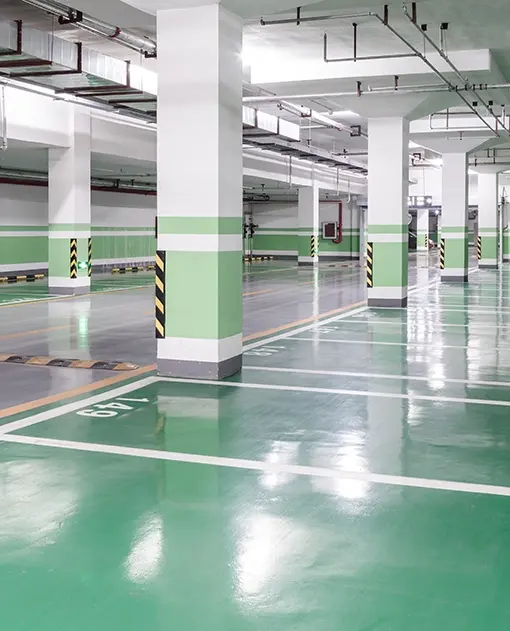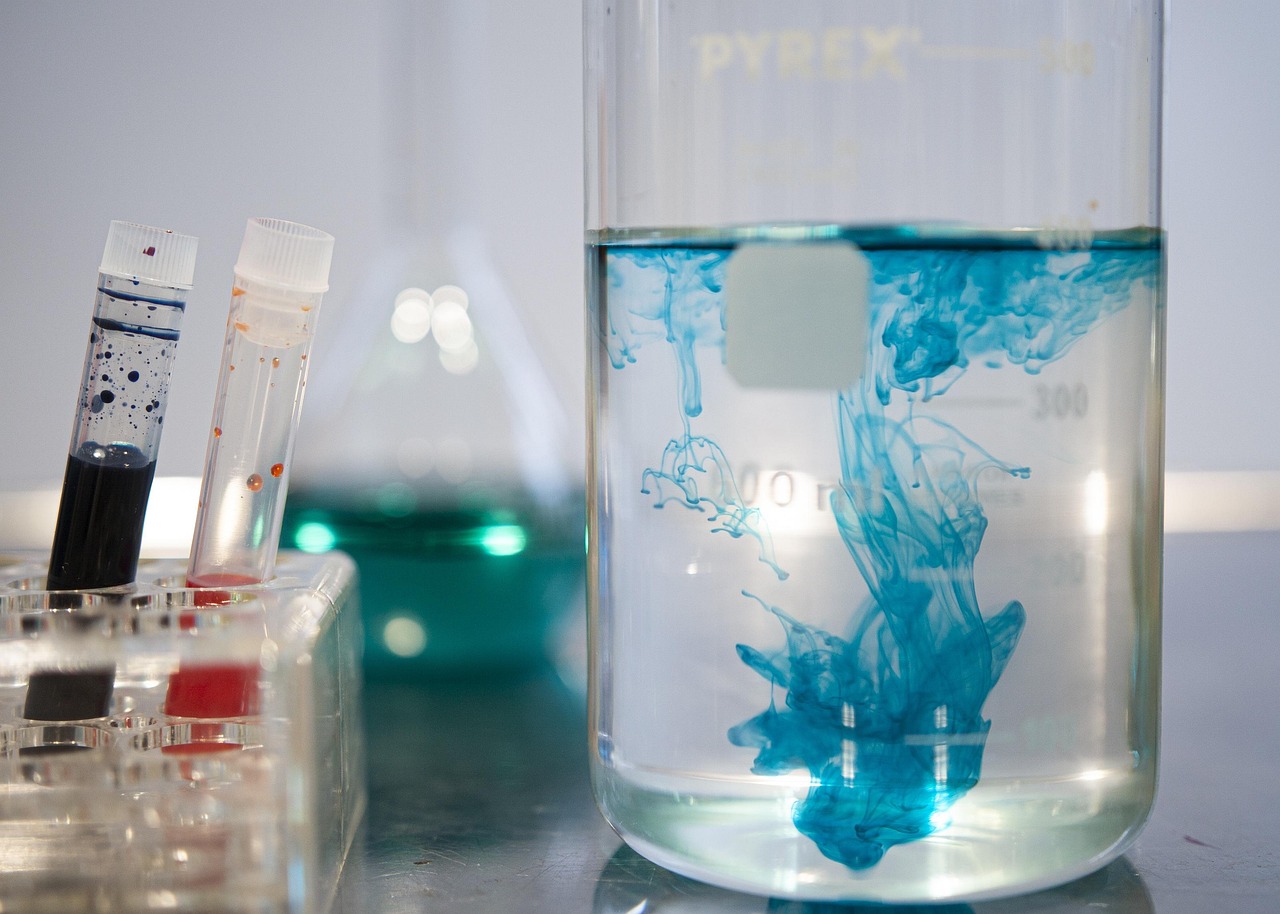How Do Antifoaming Agents Work
Release time: 2025-07-15
Antifoaming agents are chemicals widely used in various industrial production. Their main function is to suppress, reduce or eliminate foam in liquids. The generation of foam usually affects the efficiency of the production process and even damages the quality of the product. Therefore, antifoaming agents play a vital role in many industries. Antifoaming agents can effectively reduce the stability of foam, thereby achieving control of foam and ensuring the smooth progress of the production process.
How antifoaming agents work:
The working principle of antifoaming agents mainly depends on their surface active properties. It achieves the defoaming effect by reducing the surface tension of the liquid and changing the stability of the foam. The formation of foam is usually due to the high surface tension of the liquid, and the gas is trapped in the liquid to form bubbles. The antifoaming agent works in the following ways:
Reducing surface tension: The defoaming agent molecule has a hydrophilic and hydrophobic structure, which can form a thin film on the surface of the liquid and destroy the stability of the bubble film. The reduction in surface tension makes the surface film of the bubble unable to withstand the pressure inside and outside the bubble, which eventually leads to the rupture of the foam.
Physical foam breaking: The hydrophobic part of the defoamer has a strong lipophilicity, which can quickly penetrate the foam film and reduce its elasticity, reduce the thickness of the foam film, and make the gas in the bubble escape quickly, thereby eliminating the foam.
Anti-foaming effect: Some defoamers can not only destroy existing foam, but also prevent the generation of new foam. Defoamers can effectively avoid the regeneration of bubbles or the addition of new foam by reducing the interfacial tension between bubbles and liquids.
Main application scenarios of defoamers:
Defoamers are widely used in many industries, and their specific application scenarios include but are not limited to the following fields:
Chemical industry: In industrial production such as chemical synthesis, reaction process, emulsion polymerization, etc., the generation of foam often affects the stability and reaction rate of the reaction, and may even cause equipment failure. Defoamers can effectively inhibit the generation of foam, ensure the smooth progress of production, and improve the yield.
Paint and ink industry: In the production process of paint and ink, foam will affect the uniformity of the coating, resulting in uneven coating or poor gloss. The use of defoamers can reduce the foam in the paint or ink, and ensure the stability and appearance quality of the product.
Food industry: In food processing, the generation of foam often affects the taste and appearance of food, such as the production of liquid products such as beverages and juices. Defoamers can help remove excess foam to ensure product quality and consumer experience.
Pulp and paper industry: In the pulp production process, foam will affect the quality of pulp and papermaking process. Defoamers are widely used in the pulp treatment process to reduce the impact of foam on paper strength, smoothness and other characteristics, and ensure high-quality production of paper.
Water treatment industry: In the wastewater treatment process, the generation of foam will affect the working efficiency of the sedimentation tank and the water treatment effect. Defoamers can effectively eliminate foam in wastewater, improve the efficiency of the water treatment system, and ensure that the water quality meets the discharge standards.
Detergent and cleaning industry: In the production of some detergents and detergents, defoamers can be used to adjust the amount of foam to ensure that the detergent has an appropriate amount of foam, which can achieve the cleaning effect and avoid waste caused by excessive foam.
Polywill’s defoamers are categorized based on system characteristics into silicone, mineral oil, and polymer types, and are suitable for aqueous, solvent-based, and solvent-free systems. They are widely used in industries such as coatings, adhesives, textile printing, helping to enhance production efficiency and improve product surface quality. We will make efforts to meet customers’ requirements and search for long-term cooperation.














